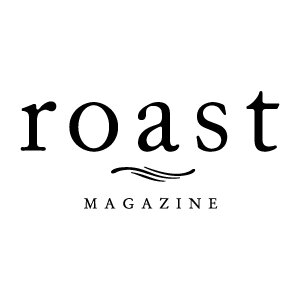Evolving the Concept of Specialty Coffee—Part I: Green Coffee Quality
By Spencer Turer
ASK A FEW SPECIALTY COFFEE PROFESSIONALS about the definition of specialty coffee and you will get more opinions than people surveyed. The coffee industry continues to expand in scope and complexity, and the common term used to unify a specific segment of the industry is both more nuanced and broader than it was when the term first came into popular usage.
“Specialty” is defined in the dictionary as a distinctive mark or quality. In the context of coffee, it can reference the flavor quality of a coffee and an absence of defects, but it also carries connotations around specific aspects of the supply chain, process controls and merchandising.
The term’s usage as it relates to coffee service in a retail setting did not begin to present itself for another two decades after industry luminary Erna Knutsen first coined the term in an article published in Tea & Coffee Trade Journal in 1974, referring to the high-quality coffee that was beginning to be noticed at the cupping table at the time.
As the industry evolved, so did the commonly understood meaning of specialty coffee. From a technical perspective, specialty coffee has come to denote a specific grade of coffee that meets certain criteria as outlined in the Specialty Coffee Association (SCA) green coffee standards. In the retail or roasting context, the term has taken on another meaning. These criteria are open to interpretation and lacking a widely accepted definition, and thus can be unclear to consumers and industry professionals alike. We must also consider where there is overlap or commonalities between commercial (large-scale/mass market) and specialty (artisan/craft) operations, which can blur the lines.
While there may be expectations or even pre-determined parameters within our industry, the concept of specialty has continued to evolve. Other similar terms in the realm of food and beverage include gourmet, premium, boutique, artisanal, craft and luxury. Often the term “micro” is added to this expanding list, commonly used to denote a small, high-quality lot of coffee or a roasting business of a certain size.
We will explore these points of discussion in greater detail in part two of this article in the next issue of Roast. For the purposes of this article, we will focus on the green coffee quality aspect of specialty coffee and take a look at the history of how specialty coffee has been evaluated and identified by various countries and organizations.
Advertisement










